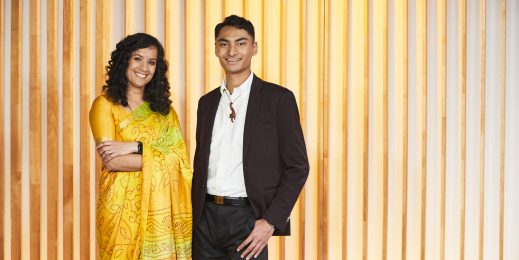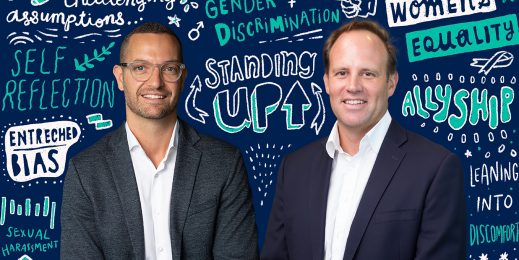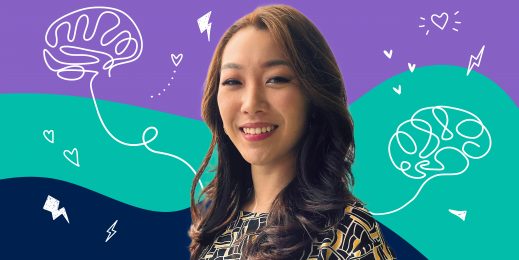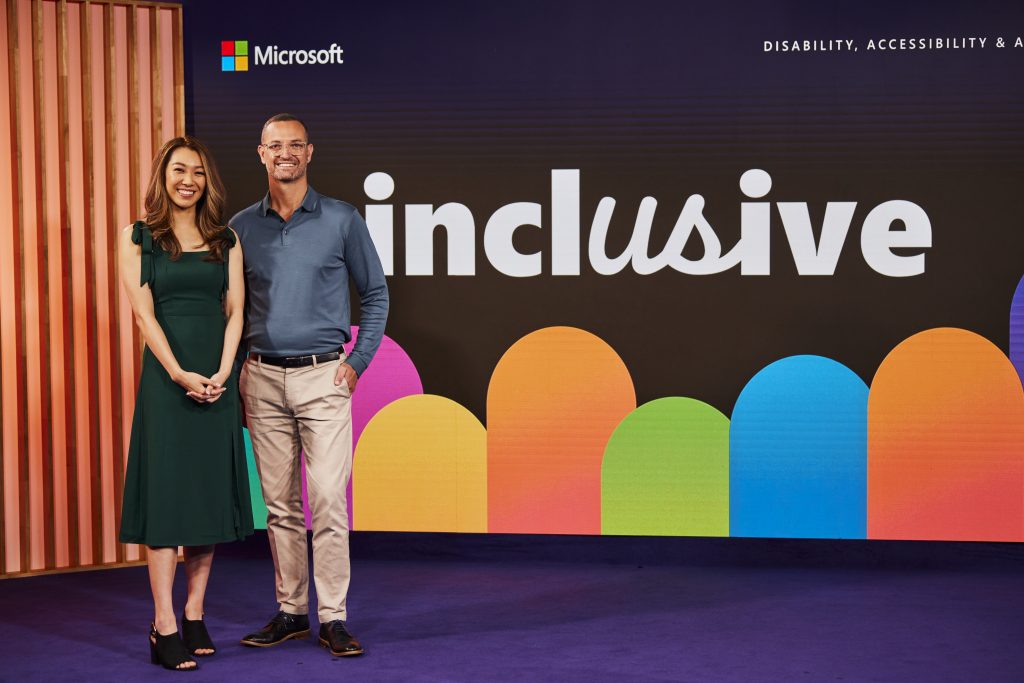
Bridging the disability divide: Microsoft’s ongoing accessibility and inclusion journey
Disability can look like many things. It can be physical, sensory, intellectual or psychosocial. It can be visible or invisible. It can even be temporary. According to the World Health Organization, almost everybody will temporarily or permanently experience disability at some point in their life.
The one common thread that binds it all together is that people with disability often work, learn or exist in spaces that are not designed for them to be safe, feel comfortable or thrive.
This week, the Microsoft ANZ team came together for the first inclusive event of 2023. It is the latest in a series of gatherings where Microsoft has tackled complex and important topics like gender and racial discrimination with its people.

We heard powerful voices from inside and outside Microsoft in a moment of solidarity that encouraged everyone in attendance to reflect on the actions they can take individually to advance equity and inclusion.
Accessibility is innovation
Microsoft’s accessibility journey as an organisation is ongoing. In 1998, Bill Gates made the first documented commitment to accessibility and inclusion in the workplace and in our technology. But even before this, employees with disability at Microsoft were coming together to form the first communities and build solidarity that would spark change.
In 1994, we introduced Sticky Keys to the Microsoft Keyboard, for users with physical impairments who cannot press two keys at once. In 2000, Windows Screen Reader went live to improve accessibility for visually impaired and blind users. This has evolved into Windows Narrator, now available in over 38 languages.
In March 2023, we announced the Accessibility Assistant, a tool to help people create accessible content with less time and effort. It gives real-time, contextual recommendations for improving the accessibility of documents, flagging things like ‘hard to read text’ or ‘colour difficult for some readers to see’. And it provides easy fixes for these issues, like a single button to convert the document to ‘high contrast view’.
And as we enter the AI era, some amazing innovations have emerged. Seeing AI, built by blind Microsoft developer Saqib Shaikh, is the world’s number one app for the blind. Microsoft also provides technical support for Be My Eyes, an app that uses AI to describe visually impaired users’ surroundings to them.
While our technology has evolved to be more accessible, we have also doubled down on our efforts to diversify, empower and enable the talent within Microsoft to advocate and innovate for their unique needs.
Inclusion is innovation
The first Disability Employee Resource Group at Microsoft was established in 2008 by employees who self-identified as having a disability.
“I came to the company in 2005, and at the time I didn’t share the extent of my deafness. I could cover it since my speech was pretty good,” explains Microsoft Chief Accessibility Officer Jenny Lay-Flurrie.
I slowly realised, with the support of many people around me, that I was actually holding myself back by doing this. I had to self-identify and ask for the things I needed to be successful, like captioning and interpreting. That was my turning point.
A strong and passionate community at Microsoft inspired the first Ability Summit, held in 2010. This is an international annual event that continues to bring together leaders with disability and allies who specialise in inclusive culture, workplace accommodations, organisational responsibility and related policy.
Microsoft’s strategy for accessibility is simple: hiring disabled talent accelerates innovation. Our inclusive hiring practices include hosting dedicated recruitment events for people with disability, conducting inclusive interviews, training hirers on interview etiquette, and putting in place special accommodations for job applicants.
Accessibility 101 training is also mandatory for all Microsoft employees, and we provide a range of LinkedIn Learning resources for further study.
For those working at Microsoft, there is a global, centralised budget for workplace accommodations so that employees never have to feel their manager or local team is under financial pressure to afford reasonable adjustments. This includes services like captioning, braille devices, magnification, a customised chair and interpreting.
Microsoft’s global self-identification campaign, Count Me In, helps the company better understand its representation. It learned that 7.8 per cent of Microsoft US employees self-identify as having a disability.
But numbers alone do not capture the full picture. Every day, we hear stories of people with disability at Microsoft having a profoundly positive impacts on their teams, the whole organisation’s culture and the accessibility of our products.
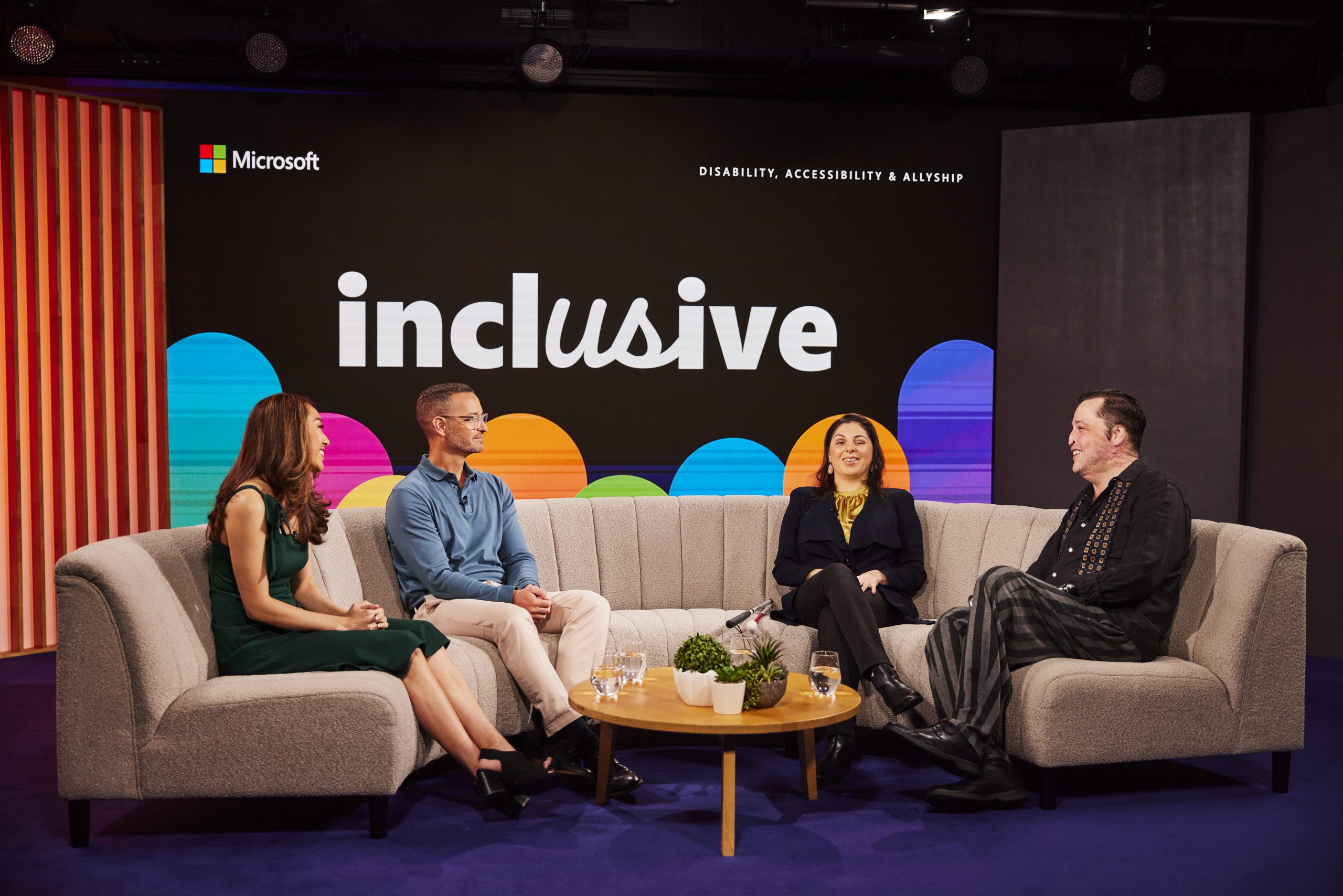
Advocacy inspires change
Swetha Machanavajhala is a deaf Microsoft engineer who was the catalyst behind Windows Live Captions. She realised that she needed better live captioning capabilities while working from home during the pandemic. So, she headed up the design of the new captioning software and worked with Microsoft to build it into Windows 11, ensuring it is free and accessible to everyone.
Now, she drives Translator and Language AI experiences and the development of Hearing AI. Her talent and insight are empowering millions of people around the world.
Cecilia Fang joined Microsoft in 2019 and soon after was diagnosed with ADHD. When she decided to inform her manager, she was overwhelmed by the support she received.
“I had spent my life trying to mask it, but it’s who I am,” says Cecilia. “It’s a disorder and knowing now that I have it, I can forgive myself.”
Her manager, Dom Pringle, researched ADHD to better understand how he could support Cecilia. In his research, he found many attributes of the condition looked familiar, such as getting kicked out of class for being disruptive and feeling overwhelmed and on the brink of burnout at work.
“After quite a bit of self-denial, it was a huge relief to have my diagnosis confirmed,” says Dom.
I’ve since learned there are a lot of superpowers that come with ADHD. The ability to hyperfocus, be creative and problem-solve, just to name a few.
Both Cecilia and Dom are vocal neurodiversity advocates that make Microsoft a safer, kinder place for people with disability. They leverage Microsoft’s resources, such as the Headspace app for meditation and Spring Health for therapy sessions, to help them bring their authentic selves to work.
Real progress requires real commitment
Microsoft looks forward to how technology, especially AI, will change the innovation landscape in creating more accessible technology. The journey will require rethinking systems that don’t support us all, eradicating barriers that prevent access and relearning mindsets that no longer serve us.
We took some key learnings away from the event around what accessibility and allyship look like. Read Managing Director of Microsoft ANZ Steven Worrall’s reflections on the day and how he plans to make inclusion a conscious and ongoing practice here.
Find out more about accessibility in Microsoft products and apps or get technical support for customers with disability from our Disability Answer Desk with the links below.
Accessibility in Microsoft technology: https://www.microsoft.com/en-us/accessibility
Disability Answer Desk: https://www.microsoft.com/en-au/accessibility/disability-answer-desk





